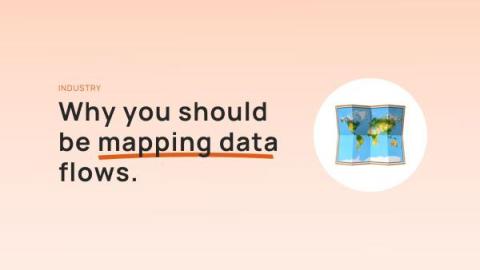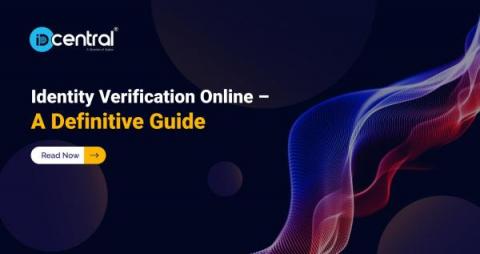Security | Threat Detection | Cyberattacks | DevSecOps | Compliance
Latest News
What is a Chief Risk Officer (CRO) & Why Does Your Organization Need One?
Automating Azure Files Restore in Azure Kubernetes Service
If you are considering Azure Files as the persistent storage for your Azure Kubernetes Service (AKS) applications, there are important considerations around AKS backup and recovery with implications on how you can perform Dev, Test, and Staging. This article outlines these data management considerations in detail and how to work around Azure Files limitation to achieve feature parity with using Azure Managed Disks.
Windows SAM & AD SAM Security - Essential Guide 2023
3 Critical Elements of Effective Insider Risk Management
Whether businesses are grappling with rapidly changing market conditions, continued pandemic disruptions, geopolitical conflicts, or shifting workplace arrangements, threat actors are looking to take advantage of the moment to undermine network integrity or compromise data privacy. In many ways, their efforts are bearing fruit. According to a recent industry survey, 66 percent of respondents indicated they experienced a ransomware attack in 2021, a 29 percent year-over-year increase.
Data Flow Mapping: Why It Matters and How to Do It
Working with data is something that requires a lot of care and precision, yet it often remains an under-scrutinized aspect of DevSecOps. This is because it requires focusing on many moving parts. You need to know exactly when data events occur, what parties are involved, and how they send and store data. In any process with more than minimal complexity, this is a huge web of events. Data flow mapping is the key to detangling that web.
How to defend against third party cyber-attacks
Q2 2022 Threat Landscape Briefing: Ransomware Returns, Healthcare Hit
Online Identity Verification - Digitizing the Verification Process
Identity can be defined as the group of qualities and attributes that make one person unique from others. As a measurable and recordable set of features, identity is also comprehended in terms of the range of those measurable metrics so it can be saved on a system as a digital ID. Like all digital data, ID verification online is also a must to confirm ID to ensure the fraud-free operation and prove the person is who they claim to be.
AT&T Cybersecurity Insights Report: A Focus on Manufacturing
During the pandemic, many forward-thinking manufacturers took shifts in consumer demands and in-person work patterns as an opportunity to modernize their factory floors and operational infrastructure. Now as supply chain challenges and inflationary forces come to the fore, the entire industry will be called to continue their innovative investments to make manufacturing processes speedier, more efficient, and equipped to compete in a new era.









